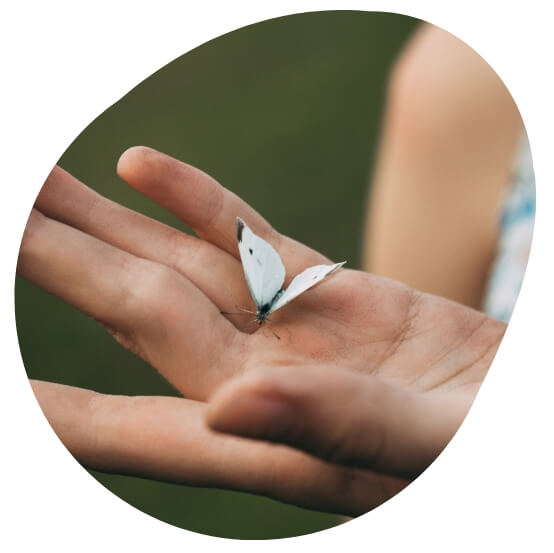Low Iron
Iron is an essential nutrient that plays a crucial role in the production of red blood cells, which carry oxygen throughout the body. Sometimes, iron levels can become low, with women more prone to iron deficiencies due to menstrual blood loss, pregnancy, and childbirth. The Butterfly Clinic provides effective treatment for low iron – or iron deficiency – via iron infusions.

When your body does not produce enough Iron
Iron Deficiency
Iron deficiency is a condition in which the body does not have enough iron. When there is not enough iron in the body, the red blood cells become smaller and less able to carry oxygen, which can lead to various symptoms, including the following:
- Fatigue and weakness
- Pale skin and nail changes
- Shortness of breath
- Chest pain
- Rapid heartbeat
- Headaches and dizziness
- Cold hands and feet
- Restless legs syndrome
There are many causes of iron deficiency, including:
- Not eating enough iron-rich foods
- Large blood loss, such as from menstruation or childbirth
- Increased iron demand, such as during pregnancy or growth spurts
- Inability to absorb iron, which can be caused by certain medical conditions or medications
Iron deficiency can be diagnosed through blood tests, medical history reviews, and physical examinations.
Understanding Iron Infusions
An iron infusion is a medical procedure in which iron is delivered directly into the bloodstream through an intravenous (IV) line. It is used to treat iron deficiency when oral iron supplementation is not sufficient or tolerated well.
Iron infusions can be more effective than oral iron supplements in cases where the body has difficulty absorbing or tolerating oral iron, or when iron deficiency is severe. The direct administration of iron into the bloodstream allows for faster absorption and replenishment of iron stores.
The frequency of iron infusions depends on individual conditions. One to three infusions may be administered, with infusions given a week apart.
The Procedure
Drink plenty of fluids before the procedure. Fasting is not required, so you can eat as normal.
Once you are ready for the infusion, a healthcare professional will clean the area and insert a small needle into a vein, usually in your arm. They will secure the needle in place and attach it to an IV line, which is connected to a bag or syringe containing the iron solution. The iron solution is slowly infused into your vein, and the procedure usually takes 30 minutes to one hour.

During the infusion, healthcare providers will monitor your vital signs, including blood pressure, heart rate, and oxygen levels. They will also watch for any signs of an allergic reaction or other adverse effects.
Once the infusion is complete, the healthcare provider will remove the IV line. You will likely remain under observation for a short period to ensure that you tolerate the infusion well and do not experience any immediate adverse reactions.
You can expect to begin feeling better within a month of your iron infusion treatments.

Side Effects
While side effects are uncommon, as medical procedures, iron infusions are associated with a few risks. Any experienced side effects normally ease within one or two days, and may include:
- Allergic reactions.
- Headaches and dizziness.
- Nausea and vomiting.
- Muscle and joint pain.
- Inflammation at injection site.
If symptoms do not subside or are of concern, visit The Butterfly Clinic for further care.

Embrace Your Journey
Empower yourself on your unique women's health journey, and let our compassionate specialists be your trusted allies in supporting your wellbeing. Schedule an appointment today.
